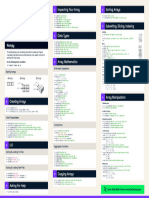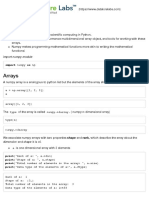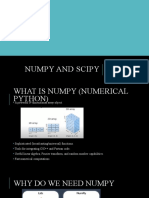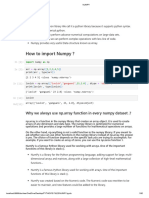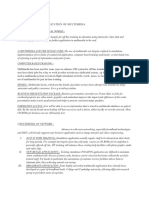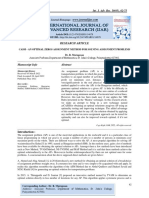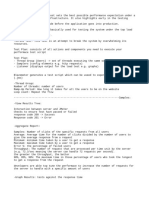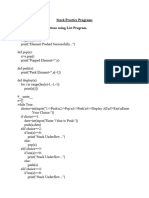0% found this document useful (0 votes)
21 views5 pagesNum Py
NumPy is a fundamental library for scientific computing in Python, offering high-performance multidimensional arrays and various tools for array manipulation. It includes functionalities for creating arrays, performing mathematical operations, and handling input/output operations. The library also supports broadcasting, allowing for operations on arrays of different shapes.
Uploaded by
minakshiCopyright
© © All Rights Reserved
We take content rights seriously. If you suspect this is your content, claim it here.
Available Formats
Download as DOCX, PDF, TXT or read online on Scribd
0% found this document useful (0 votes)
21 views5 pagesNum Py
NumPy is a fundamental library for scientific computing in Python, offering high-performance multidimensional arrays and various tools for array manipulation. It includes functionalities for creating arrays, performing mathematical operations, and handling input/output operations. The library also supports broadcasting, allowing for operations on arrays of different shapes.
Uploaded by
minakshiCopyright
© © All Rights Reserved
We take content rights seriously. If you suspect this is your content, claim it here.
Available Formats
Download as DOCX, PDF, TXT or read online on Scribd
/ 5













